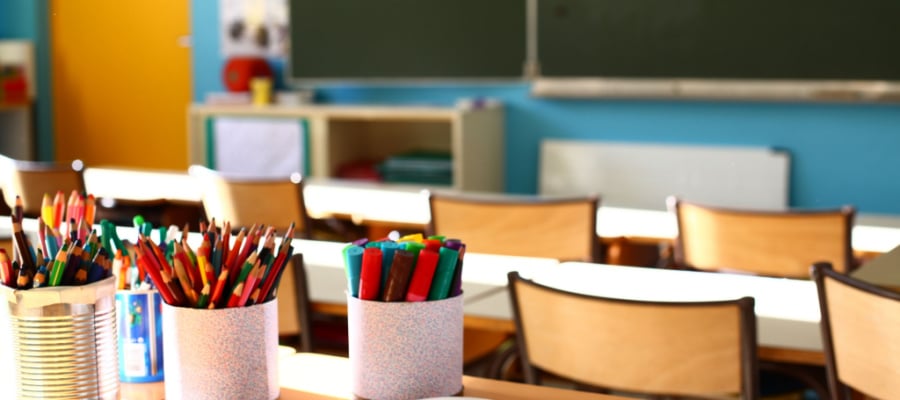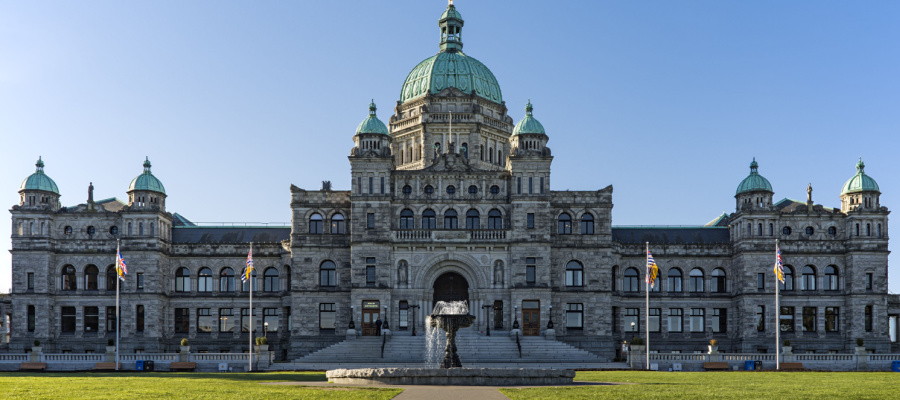School funding an election issue at the local level
It hasn’t particularly reached the level of a provincial election issue, but school funding is quietly percolating along as an issue at the local level. The provincial election overlaps with the time that school boards set their budgets and many of those school boards are making cuts due to lack of funding. A few examples?
In Delta 200 area residents showed up to protest the possible closing of Boundary Beach Elementary while the Board discussed how to deal with a possible deficit of nearly $5 million. North Vancouver has reduced its spending shortfall to $100,000 but is looking at closing Plymouth Elementary school. In Trail the school board fought with a funding shortfall of $500,000 and debated 24 ways to save money including $65,000 by eliminating mid-day bus runs to transport kindergarten students home from school.
In Victoria the school board voted five to three to pass a balanced budget. The board chair said in future they could face a deficit of $6 million. That’s because district reserves have been almost used in recent years to deal with ongoing budget issues. The Saanich board is trying to figure out how to cut $3 million. The Kootenay-Columbia school board is considering moving to a four-day-week calendar to save costs. Two other six-figure reductions being considered are a severe reduction in teacher-librarian time in all area schools and reducing the contingency reserve by $100,000. And so on.
Even Surrey, one of the few school districts in the province with growing enrolment is relying on a surplus from last year to deal with a shortfall this year. They still face a shortfall and the board chair says the board will consider a number of measures to balance the books. They include reducing the school year by six days and making up that time by adding sufficient minutes to the rest of the school year to meet the Ministry of Education’s requirements for hours of instruction. Chilliwack is another growing board but new students have not meant an easier financial time, according to Board chair John-Henry Harter. Harter told the Chilliwack Progress the amount of per student funding has barely increased in the last five years. In contrast, costs to the school district – like salaries that eat up nearly 90 per cent of the budget – continue to rise. “Government funding is not keeping up with inflation,” said Harter. School boards always go through this process, to one degree or another, at this time of year, but the result is often the same. Incremental cuts year after year.
Things are not set to improve. The February Budget in Victoria anticipates even smaller funding increases next year, and that projection doesn’t take into account how badly the budget overestimated revenues for this year and next. When school trustees had their annual meeting last week they decided to take a tougher stand lobbying the provincial government (see here). Connie Denesiuk, president of the Trustees’ Association, said trustees expect to see their provincial association being vocal. “Their first, second and third priority…[is] funding.” None of this has been the lead story on the provincial news. But parents protesting the closing of neighborhood schools and cuts in services for their children will be thinking about this on election day when they are deciding how to vote locally.
Topics: Children & youth, Education


